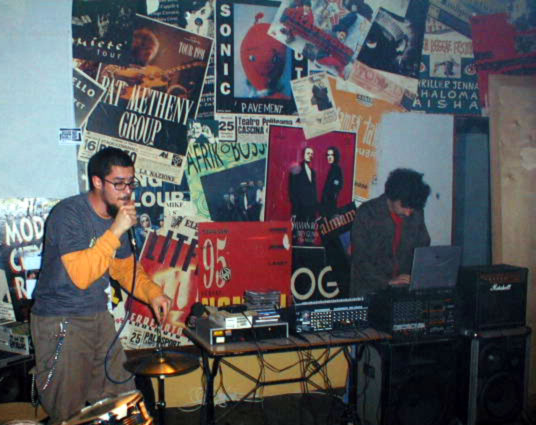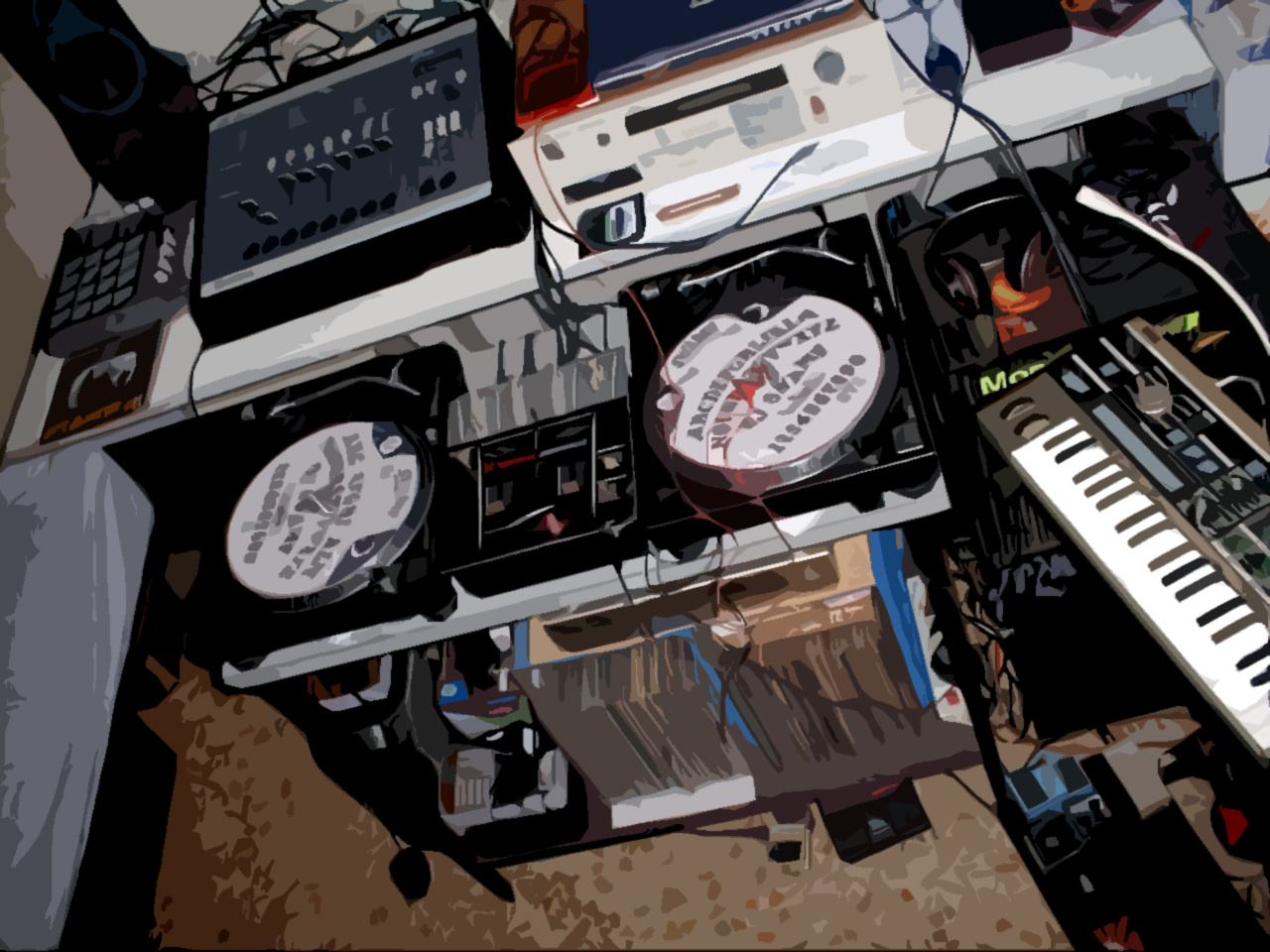Do the James Brown!
"No One Could Speak More Authoritatively for Blacks"
Do the James Brown!
By ROCK and RAP CONFIDENTIAL
"James Brown had figured out a way to orchestrate a drum set, and make everything in the band work around a groove, rather than a melody."
— Rickey Vincent in "Funk: The Music, the People, and the Rhythm of the One"
The Godfather of Soul’s good timing extended to the era he was born in. He came of age when the isolated South was integrating with America through massive migration and through the struggle against segregation. In 1977, Brown told Cliff White that his mid-60s masterpieces depended upon being exposed to the North: "My eyes started opening … my brain started to intercept the new ideas and thoughts. I became a big city thinker. And I started tying that in". His epochal record "Papa’s Got a Brand New Bag" was recorded in February 1965, the same month Malcolm X was assassinated, and was released in July 1965, three weeks before the Watts Rebellion.
Brown also saw that for most blacks the poverty he’d experienced in the South was also rampant in the North. And James knew poverty intimately–he was often dismissed from school for "insufficient clothes" and was sent to prison at fifteen for stealing a coat. He was essentially homeless from the age of four until future sideman Bobby Byrd’s mother took him in at age eighteen.
Because Brown didn’t cross over like Sam Cooke, Ray Charles, and the Motown artists, his core audience -North and South- remained poor. He continued to speak for them and to them. This was so much true that in 1975 a white man in New York City took hostages at a New York City restaurant to protest the plight of blacks in America and demanded an audience with James Brown. According to Jet Magazine, the gunman felt "that no one could speak more authoritatively for blacks than James Brown". The hostage taker was captured after he fell asleep. Rickey Vincent wrote: "Absurd as the event was, the idea that James Brown carried more weight than any black politician, and still carried the moral authority of the Black nation, was right on target".
Brown endorsed Hubert Humphrey in the 1968 Presidential election and Richard Nixon in 1972. Both times he was damned as a sellout. But Brown’s social and political agenda went far beyond the politics of Humphrey or Nixon. After James Meredith was shot in Mississippi in 1966, James flew to his side and he did benefits for both SNCC and the NAACP. James Brown was anti-nuke. His early tours featured an implicit critique of a criminal justice system he knew all too well.
In Living in America: The Soul Saga of James Brown, Cynthia Rose describes the suitcase prop used by George Haines, the prosecutor who sent a teenaged JB to prison in 1949 ("Your honor, here’s my suitcase! If you let this man go free, I’ll pack up and flee this town!"). "That suitcase became a signature in the paroled entertainer’s late 1950s show," Rose writes, "a red prop emblazoned on one side with Please Please Please and on the other with Baby Take My Hand. Brown would use it to close a set". Later, when he was doing six years in prison for traffic violations, more time than William Calley did for the My Lai massacre, James told the New York Times: "I think there’s a lot of money spent on housing people away from home that should be spent on building them a home so they won’t ever have to leave". On 1972’s "Funky President", Brown was an early proponent of reparations ("Let’s get together, get some land") and even called for people to own their own factories.
According to road manager Alan Leeds, James held court on this agenda in his dressing room every night. He did the same in rib joints, hair salons, and private homes (RRC staffer Black Rose was at one such session in Oklahoma City in the 1970s). A meeting that Brown described as "cordial but direct" took place with SNCC’s H. Rap Brown to discuss strategies for black liberation. They disagreed over the use of violence and, when Rap Brown accused him of being a big star who was out of touch with the masses, James took exception, pointing out: "I probably come from a much poorer background than you do".
Certainly, James was working from personal memory when he produced a 1973 Maceo Parker track, "The Soul of a Black Man" and added lyrics such as "It’s so hard! It’s so baaaaaaaad! When you got three meals a day: oatmeal, no meal, and missed meal!"
In 1968, James had a massive hit with "Say It Loud (I’m Black and I’m Proud)" featuring the key line: "We’d rather die on our feet than be livin’ on our knees". "Say It Loud" is actually an even more powerful statement today, now that the more or less automatic unity of 1968 has been replaced with the hatred of poor blacks expressed by Bill Cosby, Chris Rock, and many others.
Brown said it was clear from the shrinking number of white faces at his shows that "Say It Loud" cost him much of the crossover audience his mid-60s hits had built. Yet the overwhelming power of Brown’s music and message kept leaping racial boundaries (even on "Say It Loud" the children’s chorus was made up entirely of whites and Asians). Later, country stars such as Barbara Mandrell and Porter Wagoner waged a lengthy and ultimately successful campaign to bring James Brown to the Grand Ol Opry. James got up on that hallowed stage and did a couple of country songs and spoke about the impact of the Grand Ol Opry on his work. He was greeted warmly by most Opry fans who, in addition to enjoying the music, may have felt a kinship with Brown based on a common background of Southern poverty.
To impose his will upon the world, James Brown constructed a byzantine business empire and rehearsed and punished his band members to the point of mutiny. "If I had to fight James Brown, right away I would have a gun", Brown’s former bandleader Fred Wesley said. "Because his determination to win isjust more powerful than anyone else’s I’ve ever seen".
Brown ignored record contracts when they got in his way. For instance, in 1959 he went to Dade Records when his label, King Records, wouldn’t allow him to record instrumentals. The result was "Do The Mashed Potatoes, Parts 1 and 2", a Top 10 R&B hit issued under the name of Nat Kendrick and the Swans. Brown did it again later when he recorded a brilliant jazz organ album for Smash. He built a business empire of radio stations and real estate in pursuit of not just wealth but his own vision of freedom. As he put it: "You need power to get freedomYou need freedom to create." And create he did. Not just his own monumental catalog (including the number one 1962 pop album Live at the Apollo, which James had to pay for himself because his record company said it wouldn’t sell), but a torrent of albums by sidemen and singers alike. Brown’s own People Records issued message records by some of his female vocalists, such as Vicki Anderson’s "Message From the Soul Sisters" and Lyn Collins’ "Take Me Just as I Am".
Today we are once again sliding into the abyss that James Brown described in the liner notes to his 1974 album, Hell. "It’s hell down here and we’ve got to make a change. It’s hell when you don’t have a job and you can’t eat. Drugs are hell. War is hell. Prison is hell". And, most important of all: "It’s hell tryin’ to do it by yourself". James Brown had a monumental ego but he spared no effort to involve other people in the realization of his personal and artistic vision. He reached out relentlessly to find the hundreds of musicians and singers who helped him to create his music. He built a vast nationwide network of DJs, record stores, small businesses, and fans. He made sure that he stayed connected to his core audience.
Midway through the epic version of "There Was a Time" from Live at the Apollo, Volume 2 James Brown is leading the crowd through a chant. He calls out how many "unh!"s to bellow out to follow the refrain of "Hey, hey, I feel allright". The band is unbelievable-a thousand subtleties coalescing into a mighty rhythmic river. But there’s a guy in the audience who’s messing up the ritual by following a separate count. James chides him gently, speculating that the man is in a hurry to take the power of the show back home to the bedroom ("He’s got something else on his mind!"). It continues and James pleads with him: "Come on brother, don’t take all this groove away!"
James is laughing because he knows that a nuclear warhead couldn’t take that groove away. But he’s also dead serious, because he knows what it took to create the James Brown groove and bring it to the people. He knows that the groove contains more than music, that it’s a train with a destination of the greatest importance. James Brown died before his groove got to the end of its journey. He left it for us to do with what we will, what we can, what we should. We’ll know we’ve completed that mission when every man, woman, and child on earth can survey their lives and loudly proclaim: "Hey, hey, I feel allright-unh! unh! unh!"
Rock and Rap Confidential, one of the few newsletters both editors of CounterPunch read from front to back the moment it arrives, is edited by Lee Ballinger and Dave Marsh and now it’s available to you for FREE simply by sending an email to: rockrap@aol.com.

rest in peace Mister Dynamite
your friendly neighborhood… THX 1138






